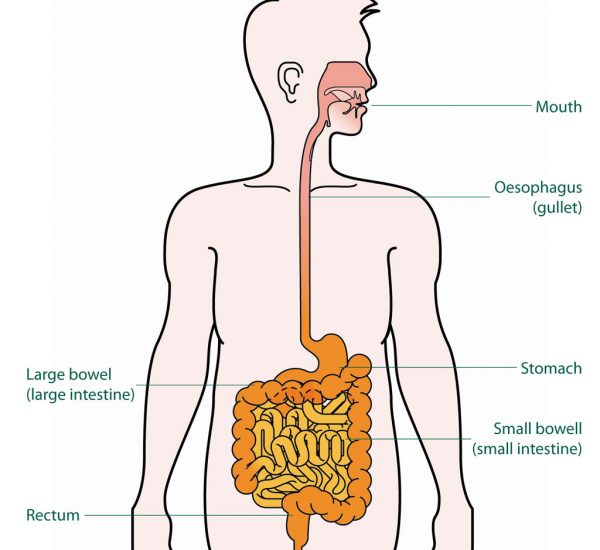A gastroscopy or sometimes known as an upper gastrointestinal (GI) endoscopy is a procedure that uses a flexible endoscope to examine the oesophagus (food pipe), stomach and duodenum (the first and shortest segment of the small intestine) to check for any problems or irregularities.

What happens during an upper GI endoscopy?
You may be offered a sedative if it is suitable for your individual situation. The process will take roughly ten minutes. The endoscope will gently be pushed to the back of your throat where it can pass down into the stomach and duodenum. A small camera will allow the doctor to check for irregularities or irritations such as ulcers or inflamed tissue. It is also possible to take small tissue samples (biopsies) if necessary and they can take pictures to aid diagnosis. Any risks or complications will be discussed in advance of your treatment with your consultant.
What are the alternative methods of examination?
As well as an upper GI endoscopy, an examination can be carried out with a barium meal (an x-ray of the digestive system) or with a urea breath test, which can check if the bacteria that causes stomach ulcers is present.
How long does it take to recover?
Most patients return home after the upper GI endoscopy and are back in work the following day (subject to consultant’s advice). However, if you have taken a sedative, it may take one or two hours to fully wear off. It is normal to feel bloated for a few hours following the procedure, too.
Your consultant will discuss your results and arrange any follow-up appointments needed.
